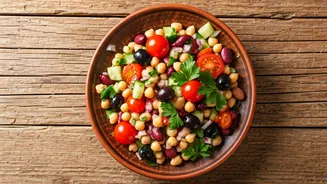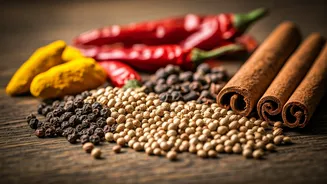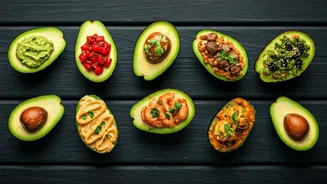Feta: Beyond the Aisles
When shopping for feta cheese, what you select significantly impacts the taste experience. Authentic feta, a staple in Greek cuisine, is a protected designation
of origin (PDO) product, mandating that it is made from sheep's milk or a combination of sheep's and up to 30% goat's milk. The geographic region of origin is also controlled, typically Greece. True feta has a distinct salty and tangy flavor, unlike some of the milder, cow's milk imitations found elsewhere. Real feta is typically aged for at least two months, contributing to its complex flavor profile. When choosing feta, carefully examine the label; real feta will always state its origin and composition. This ensures you're getting a genuine taste of Greece, rather than a commercially altered version.
Olive Oil: The Right Kind
The quality of olive oil significantly affects any dish, particularly in Greek cuisine. In Greece, extra virgin olive oil (EVOO) is a cornerstone of the diet, valued for its flavor and health benefits. However, not all olive oils are created equal. The best EVOO is cold-pressed, which preserves its antioxidants and rich flavor. It should have a fruity aroma and a peppery finish. Cheaper, refined olive oils often lack these characteristics. Greeks use olive oil generously, drizzling it over salads, vegetables, and grilled meats. The quality of the oil defines the dish. Opting for authentic, high-quality EVOO not only enhances the taste but also allows you to enjoy the full benefits of this Mediterranean staple. Always look for bottles labeled 'extra virgin' and check the harvest date for freshness.
Greek Salad: Authentic Recipe
The beloved Greek salad (Horiatiki salata) is often misrepresented outside of Greece. The classic recipe is straightforward, with a focus on fresh, high-quality ingredients. Its core components include ripe tomatoes, cucumbers, red onion, green bell peppers, Kalamata olives, and authentic feta cheese. Crucially, the salad dressing typically consists of extra virgin olive oil, red wine vinegar, and a sprinkle of dried oregano, with no lettuce included. The simplicity of the salad accentuates the flavors of the fresh vegetables. Many versions include lettuce, which is a modern adaptation. In Greece, the salad is a celebration of fresh produce, eaten throughout the day. You will find that the traditional preparation reflects a respect for the ingredients' natural flavors.
Bread: A True Sidekick
Bread plays a central role in Greek dining, used for both consumption and soaking up delicious sauces. However, the type of bread and how it's used may surprise you. While various kinds of bread are consumed, it is not always a focus. The bread used in Greece, is often crusty and freshly baked. It’s primarily served as an accompaniment, rather than a central ingredient. This bread is used to mop up every last drop of flavorful sauces, adding to the meal's enjoyment. In Greek meals, bread is considered a vessel to fully experience the flavors of the dish. A truly authentic experience involves the art of using bread to appreciate the essence of the food. Therefore, always make sure to have fresh bread handy.
Spices and Herbs: Essential Elements
Greek cooking is heavily influenced by the use of aromatic herbs and spices, which are integral to the region's culinary identity. The most common herbs include oregano, thyme, rosemary, mint, and dill, which add layers of flavor to dishes. Oregano is particularly iconic, often sprinkled generously over salads and grilled meats. These herbs are sourced from local regions, which are known for their flavor and aroma. Spices, such as cumin, cinnamon, and allspice, also play a role, particularly in dishes like moussaka and pastitsio. The art of Greek cooking lies in balancing these natural flavors. The use of fresh herbs and spices is a hallmark of Greek cuisine, distinguishing it from other culinary traditions, where the spices and herbs provide a depth of flavor that is truly unique.












